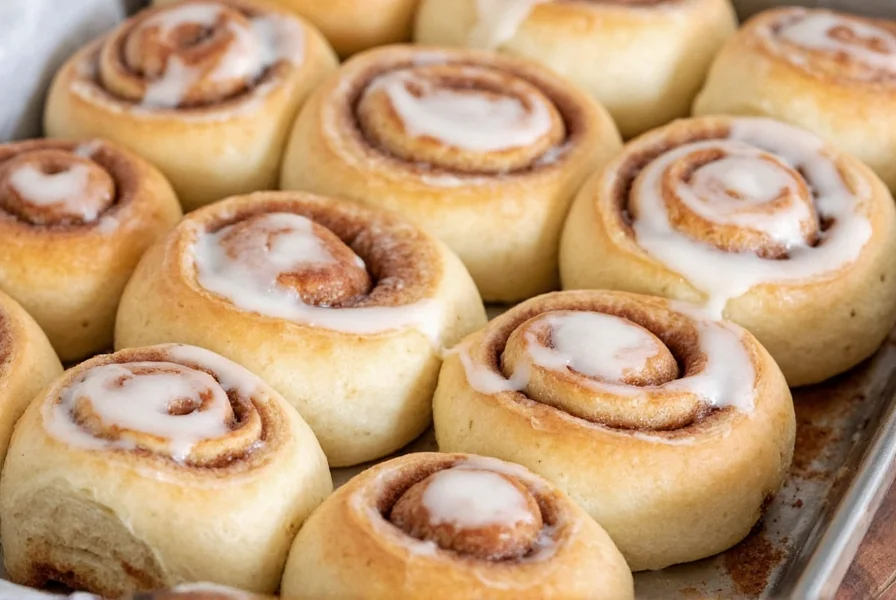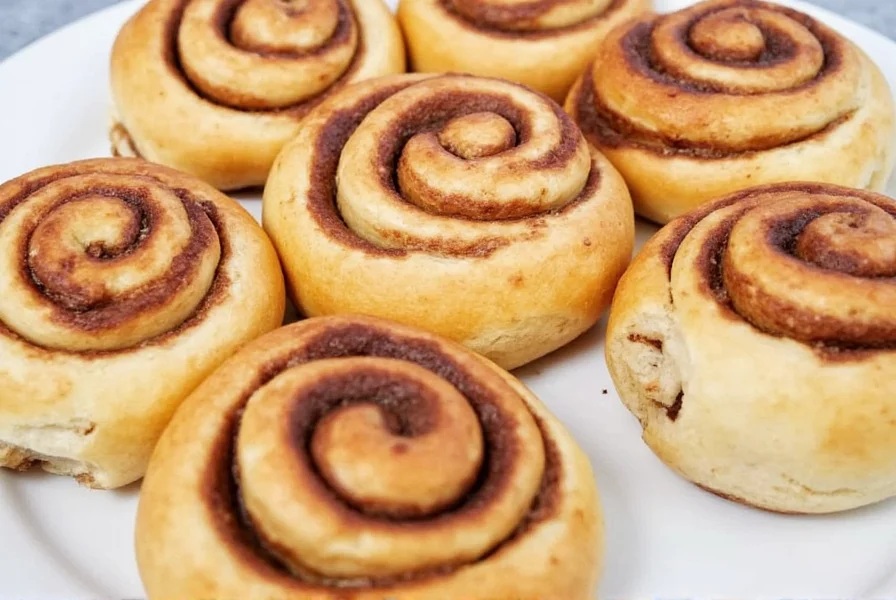Nothing compares to the aroma of freshly baked cinnamon buns filling your kitchen. These beloved pastries have delighted taste buds for generations across cultures, from Swedish kanelbullar to American sticky buns. Understanding the science behind perfect cinnamon buns transforms good attempts into exceptional results every time.
The Rich History of Cinnamon Buns
Cinnamon buns trace their origins to 17th century Sweden, where they evolved from German baking traditions. Swedish immigrants brought the recipe to America, where it merged with local ingredients and techniques. Today, variations exist worldwide—from the cardamom-infused Swedish version to the gooey American sticky buns served upside down.
Essential Ingredients for Perfect Cinnamon Buns
The magic happens when simple ingredients work in harmony. Each component serves a specific purpose in creating that signature texture and flavor profile.
| Ingredient | Function | Professional Tip |
|---|---|---|
| Unsalted butter | Creates flaky layers and rich flavor | Use European-style butter (82% fat) for superior results |
| Active dry yeast | Provides lift and airy texture | Proof in warm milk (105-110°F) with pinch of sugar |
| Ceylon cinnamon | Milder, complex flavor profile | Combine with Cassia for depth without bitterness |
| Bread flour | Higher protein creates ideal structure | Substitute 25% with cake flour for extra tenderness |
Step-by-Step Cinnamon Bun Recipe
Follow this professional approach for consistently perfect results. This recipe yields 12 generous cinnamon buns.
Dough Preparation
Combine 3½ cups bread flour, 2¼ tsp active dry yeast, ⅓ cup granulated sugar, 1 tsp salt, 1 cup warm whole milk (105-110°F), 1 large egg, and 3 tbsp softened unsalted butter. Mix until a shaggy dough forms, then knead for 8-10 minutes until smooth and elastic. The windowpane test confirms proper development—stretch a small piece of dough; it should form a translucent membrane without tearing.

Filling Perfection
Mix ½ cup softened butter, 1 cup packed light brown sugar, 3 tbsp Ceylon cinnamon, and ¼ tsp cardamom. Roll the risen dough into a 16x12 inch rectangle. Spread the filling evenly, leaving a ½ inch border. Roll tightly from the long side, pinching the seam to seal. Use unflavored dental floss to slice into 12 equal portions for clean cuts without squishing.
Baking Science
Place buns in a greased 9x13 inch pan, cover, and proof until nearly doubled (45-60 minutes). Bake at 350°F for 22-25 minutes until golden brown. The internal temperature should reach 190°F. Remove immediately to prevent overcooking from residual heat.
Common Cinnamon Bun Problems Solved
Even experienced bakers encounter issues. Understanding the why behind problems leads to better solutions.
- Tough texture: Over-kneading or too much flour. Measure flour by weight (454g per 3½ cups) for accuracy.
- Filling leakage: Butter too soft when assembling. Chill rolled dough for 15 minutes before slicing.
- Dense buns: Yeast killed by hot liquid or insufficient proofing time. Use a thermometer for liquids.
- Bland flavor: Low-quality cinnamon. Use fresh, high-grade cinnamon and consider adding orange zest to the filling.
Delicious Variations to Try
Once you've mastered the classic, experiment with these professional variations that maintain structural integrity while adding exciting flavors.
- Maple Pecan Cinnamon Buns: Replace sugar with pure maple syrup in the filling and add toasted pecans
- Vegan Cinnamon Buns: Substitute butter with coconut oil, milk with oat milk, and use flax egg
- Gluten-Free Version: Use 400g gluten-free flour blend with xanthan gum and increase yeast by 25%
- Apple Cinnamon Buns: Add ½ cup finely diced sautéed apples to the filling mixture
Storage and Reheating Techniques
Proper storage maintains freshness without compromising texture. Cool completely before storing in an airtight container at room temperature for up to 3 days. For longer storage, freeze unbaked rolls on a parchment-lined baking sheet, then transfer to freezer bags. Bake frozen—add 5-7 minutes to baking time.
Revive day-old buns by microwaving for 10-15 seconds covered with a damp paper towel. For optimal freshness, warm in a 300°F oven for 8-10 minutes. Never store glazed buns in the refrigerator—that's the fastest route to hardened, stale texture.
Perfect Pairings for Cinnamon Buns
Elevate your cinnamon bun experience with thoughtful pairings that complement their sweet, spicy profile. Strong coffee cuts through the richness, while vanilla ice cream transforms them into dessert. For brunch service, pair with crisp bacon—the saltiness balances the sweetness perfectly. A dusting of powdered sugar with fresh berries adds brightness to counter the richness.











 浙公网安备
33010002000092号
浙公网安备
33010002000092号 浙B2-20120091-4
浙B2-20120091-4